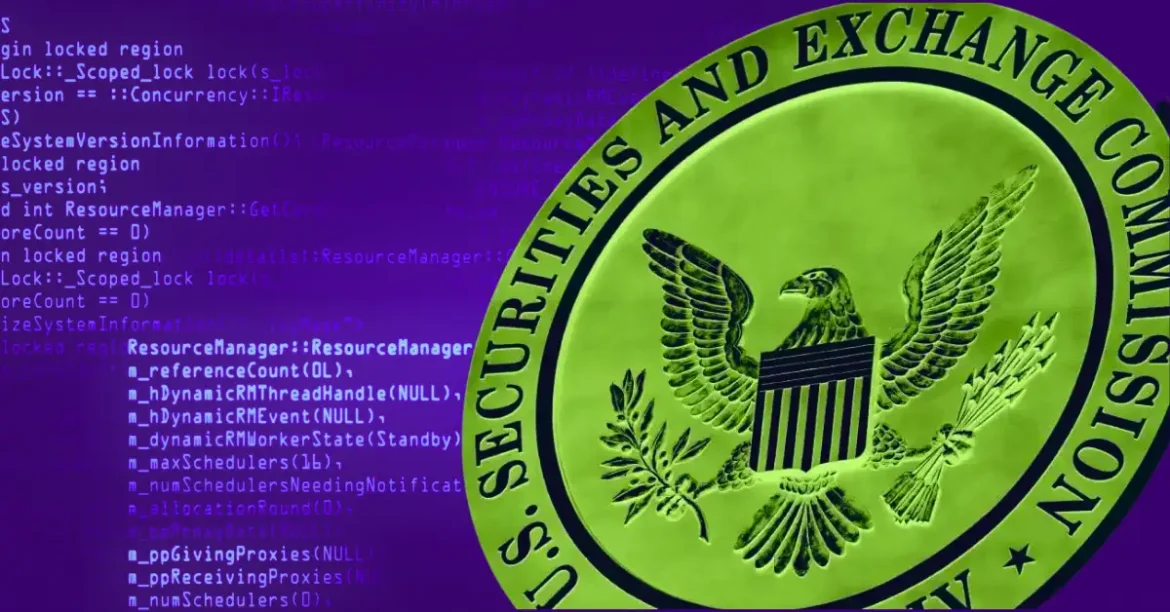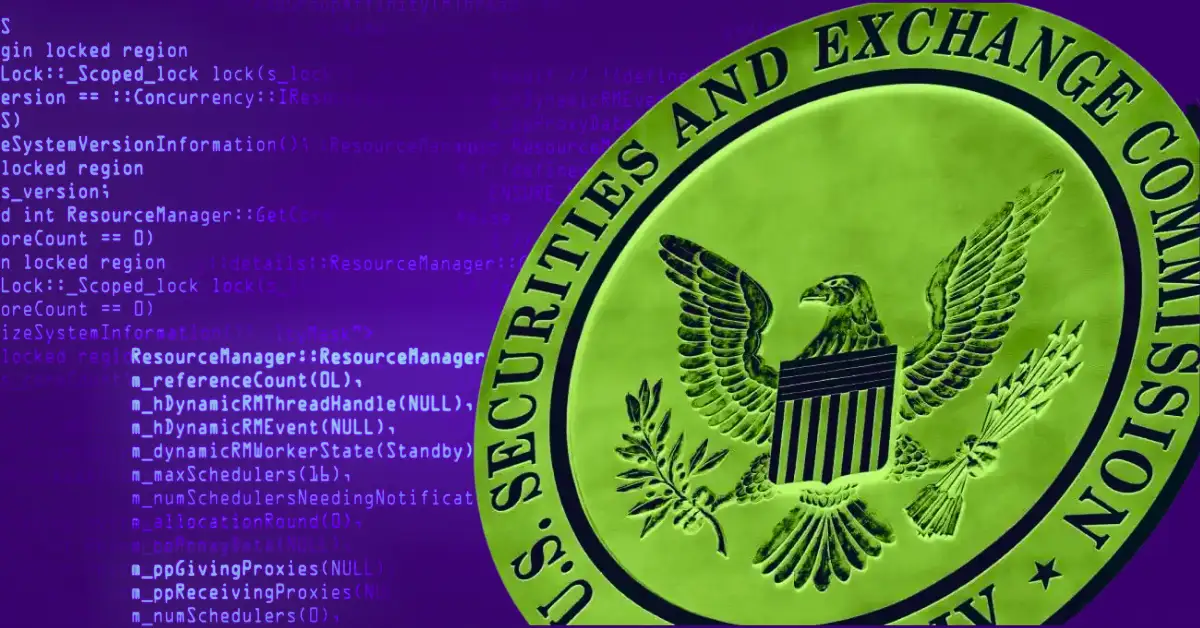The U.S. Securities and Exchange Commission (SEC) has recently garnered significant attention for its consistent delays in decisions regarding a slew of proposed cryptocurrency exchange-traded funds (ETFs), particularly those tied to altcoins such as Avalanche (AVAX), Dogecoin (DOGE), Hedera (HBAR), XRP, Polkadot (DOT), Solana (SOL), and Litecoin (LTC). This ongoing series of postponements reflects a complex regulatory environment as the SEC navigates approvals in a rapidly evolving digital asset market. Examining these delays illuminates key trends, implications for investors and the crypto industry, and broader regulatory signals.
Overview of Recent SEC Delays on Altcoin ETFs
Over the past months, the SEC has postponed rulings on numerous high-profile proposals for spot cryptocurrency ETFs. Notable delays include:
– VanEck’s Spot Avalanche ETF, initially awaited for a decision in May 2025, was pushed back multiple times, most recently to July 28, 2025.
– Bitwise’s Spot Dogecoin ETF has seen its decision deferred to mid-June 2025.
– Grayscale’s Spot Hedera ETF and Avalanche ETF, as well as applications from Franklin Templeton for spot XRP and Solana ETFs, have collectively had their regulatory reviews extended, some into late 2025 or even beyond.
– Other altcoins like Polkadot and Litecoin also face extended SEC scrutiny.
These delays come after the landmark approval of spot Bitcoin ETFs, which arguably paved the way for more diverse digital asset fund proposals but also heightened the SEC’s caution.
Understanding the SEC’s Motivations and Regulatory Context
The pattern of delay suggests the SEC is still grappling with several fundamental challenges unique to altcoin ETFs:
Implications for Investors and Crypto Market
While delays often create short-term uncertainty, the drawn-out regulatory process carries deeper ramifications:
– Investor Sentiment: Prolonged indecisions can frustrate investors eager to gain regulated, convenient exposure to altcoins. However, the scrutiny may ultimately protect investors by ensuring that approved ETFs meet high standards.
– Market Maturation: The SEC’s cautious approach underlines the maturing nature of crypto markets where robust regulation is becoming the norm rather than exception. It encourages fund managers and exchanges to enhance transparency, governance, and compliance frameworks.
– Industry Adaptation: Continued delays may stimulate industry innovation as crypto firms explore alternative investment vehicles, enhanced data reporting, or regulatory dialogues to satisfy SEC concerns.
– Future Approvals Outlook: Analysts project some altcoin ETFs, such as those tied to XRP, have higher chances of eventual approval based on growing institutional interest and evolving SEC leadership attitude. Yet, expectations remain tempered by cautious timelines, often stretching into late 2025 or beyond.
Broader Regulatory Significance
The sequence of altcoin ETF delays is not merely a procedural footnote but signals a pivotal stage in crypto asset oversight:
– SEC’s Balancing Act: The regulator is balancing innovation encouragement with investor protection mandates, reflecting broader tensions in integrating novel digital financial instruments into public markets.
– Signal to the Market: Delays communicate to crypto market participants that regulatory compliance remains a critical hurdle. The path forward involves more rigorous vendor due diligence, compliance infrastructure, and engagement with regulatory expectations.
– Evolving Regulatory Landscape: With new leadership at the SEC and increasing legislative interest in crypto, the regulatory framework is likely to become clearer and potentially more favorable over time, albeit after a period of stringent assessments.
Conclusion: Navigating a Complex Terrain Toward Crypto ETF Approvals
The SEC’s repeated deferrals on spot altcoin ETF decisions manifest the intricate, evolving nature of regulating digital assets beyond Bitcoin. These delays highlight concerns over market integrity, investor safeguards, and the regulatory frameworks needed to support safe investment vehicles tied to altcoins like Avalanche, Dogecoin, Hedera, and XRP.
For investors, these developments underscore a need for patience and attentiveness to regulatory updates while recognizing that prolonged scrutiny may ultimately enhance the quality and security of crypto ETFs. For the crypto industry, the message is clear—meeting the SEC’s standards remains pivotal to unlocking broader market access and institutional adoption.
As 2025 unfolds, the crypto and regulatory communities will watch closely for the SEC’s next moves. Whether these spot altcoin ETFs gain approval or face further postponement, their fates will shape how digital assets integrate into mainstream investment paradigms, laying groundwork for a more regulated and mature digital financial ecosystem.





